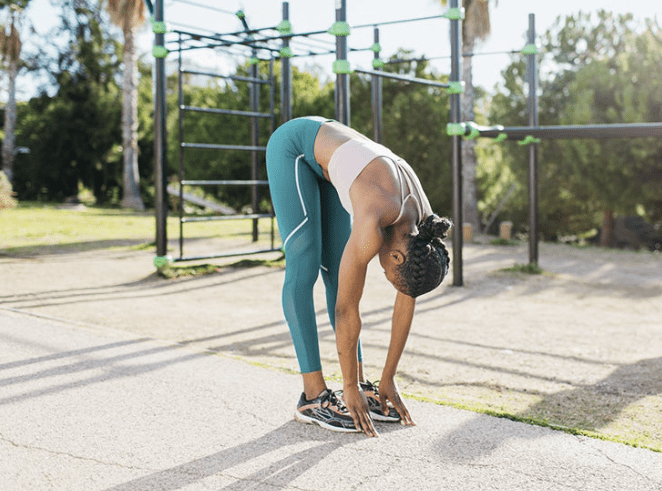
The following article is a 4:30 minute read
For decades, one of the major foundations of the personal trainer’s bible has been that one should never bend their back to lift. The neutral spine theory became cemented in lifting guidelines in the early 2000s.
At any workplace or facility where objects may need to be lifted from the floor, there will often be a sign with an “X” through the person bending normally, and an example of how to pick something up with a neutral spine. Surveys show that about 75% of physical therapists advise that a flat back is the safest way to reach the floor.
For me as a Pilates instructor, the rounded spine vs. flat spine debate has long been contentious among my colleagues and in the professional Pilates community. In the original exercises, Pilates uses many round-back movements. As the practice developed, many certification schools slightly modified exercises to keep clients in a “safer” neutral spine.
Joseph Pilates (the creator of Pilates) studied animal movement patterns as he created his method. The reason spinal issues like herniated discs and osteoporosis are far less common in animals is that their spines are horizontal to gravity, while ours are vertical. This completely changes spinal load distribution. When the human spine needs to lift something off the floor, it is not designed in the most mechanically efficient, weight-bearing way.
There is plenty of research, including in vitro experiments with pig spines, showing that keeping a flat back and bending from the hips reduces strain on the intervertebral discs. However, it is not the most ergonomic, and it takes intentional effort to do it every time. It is far more natural to let the spine bend, and when lifting something heavy, a rounded spine can actually keep the load closer to the body, reducing its “lever arm” pull on the spine.
Further, updated research has surmised that dead pig spines may not accurately reflect a living human spine. Pig spines are designed to be horizontal to gravity, changing the evolution of how a pig spine would carry weight compared to a vertical spine. Also, live human spines are highly adaptable to training with living tissues in discs, fascia, muscles, and the vertebrae.
Is Round Back Better? Although old lab models showed repeated spinal flexion could wear down discs, real-world evidence tells a different story. Powerlifters who round their upper backs on heavy deadlifts, or Cirque du Soleil performers who move their spines into extreme positions, have surprisingly low spinal injury rates compared to athletes in other sports. Rounded-back movement also happens constantly in daily life—tying shoes, loading laundry—and most people do it pain-free. This suggests that the spine may adapt to flexion rather than break down from it, especially when trained progressively.
Bend From the Knees: This is the adage we’ve all heard repeatedly. The idea of “bend from the knees” is meant to engage the glutes and hamstrings to take muscular load off the back. However, it is also an incredibly awkward way to reach the floor. In practice, there is only so much one can squat to pick up a heavy object. This may protect back muscles, but it is physically more laborious than bending the spine for the same task. Some surveys have found that about 80% of incidents causing back pain or injury were lifting objects in an awkward way.
Should We Question the Flat Back Method?
Here’s where we are. As the flat-back theory gained popularity, more studies have supported it. The flat-back approach is a “safety-first” recommendation and is protective.
The model often used is that spinal discs are like tires—there are only so many bends they can withstand. Especially with age, as flexibility and bone density decrease, repeated spinal flexion can cumulatively contribute to disc herniation, achy lower back muscles, or fractures in those with osteoporosis.
We know that a flat back is safer for those who already have spinal issues. What we don’t know is whether using a rounded back actually causes the injury in the first place. Some researchers now argue that completely avoiding spinal flexion may actually decondition the back, making it less tolerant when flexion inevitably happens in real life. Mobility training that includes controlled spinal rounding is gaining popularity for this very reason.
So maybe the takeaway isn’t that one way is right and the other is wrong, but that both have their place. A neutral spine may be the safest option for those with existing back issues or when teaching beginners, but rounded-back lifting is not the ticking time bomb it was once thought to be. The spine is adaptable, and training it to handle flexion could be just as important as protecting it from overload. In the end, context matters—what you’re lifting, how heavy it is, and how prepared your body is for the task.


